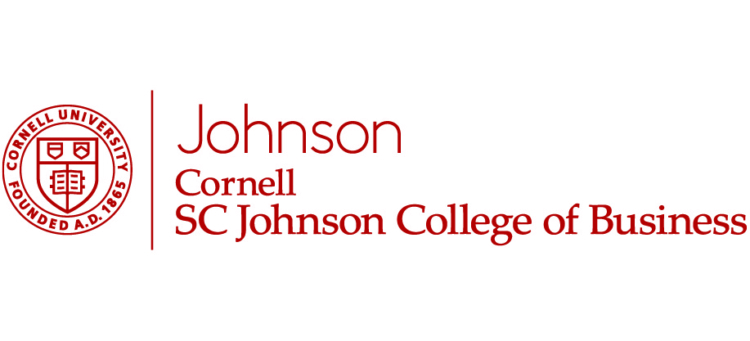AN INCREASE IN GLOBAL PROGRAMS HAS ALSO DRIVEN UP THE COSTS OF THE BEST EMBAS.
Indeed, one of the biggest trends in Executive MBAs is the spread of global programs, often among schools in different areas of the world. Efforts to give executives a true international experience, sometimes on several continents, have driven up the costs of many of these programs and resulted in novel and unusual partnerships. One example: The Trium program among New York University’s Stern School, the London School of Economics, and HEC Paris that includes modules in China and India for $140,000 a pop. More recently, Spain’s IE Business School launched a new Executive MBA program with Brown University in Providence, RI., a university with a great brand but no business school. At $95,000, that program is comparatively a bargain.
Just as surprising, even some of the super-premium, super-priced programs aren’t all-inclusive. Take INSEAD’s Global Executive program in Singapore, France, and Abu Dhabi. Now in its eighth year, the program requires 12 weeks of residential study. But even at a hefty price of $122,400, accomodations and dinners are not included. The same is true of IMD’s Executive MBA program, whose students are brought to India, China and Silicon Valley. Even though the program costs $132,500, it fails to include either lodging–and IMD estimates that the estimated cost of accomodations during the program is more than $27,000.
Perhaps the biggest surprise about these high prices is that over the past ten years, fewer and fewer executives are now sponsored by their companies. So now the executives who enroll in these programs more often than not have to pay their own pay. “When many of these programs were started, most students were fully sponsored and some schools wouldn’t accept you unless you had a sponsorship letter,” adds Desiderio. “At the 210 schools in our membership today, only 35% of the student population is fully funded. That is a dramatic change from a decade ago. Part of it is just the way companies have changed in how they view reimbursement with so many people moving from company to company. I also think companies have felt the pinch and they may want their employees to have some skin in the game.”
PACKAGING THE PROGRAM AS AN EXPERIENCE WITH ONE (BIG) PRICETAG.
At the University of Chicago’s Booth School of Business, where the Executive MBA program includes stints in London and Singapore, the $142,000 tuition looks steep but a bargain compared to some others. Patty Keegan, associate dean of Booth’s EMBA program, says the actual tuition for the executive classes is the same as it is for full-time MBA students. “We don’t charge a premium,” Keegan insists. The cost of an Executive MBA is higher because “it’s what is included in the experience. We package the program as an experience with one pricetag.”
No matter how you cut it, these are expensive experiences.





Questions about this article? Email us or leave a comment below.